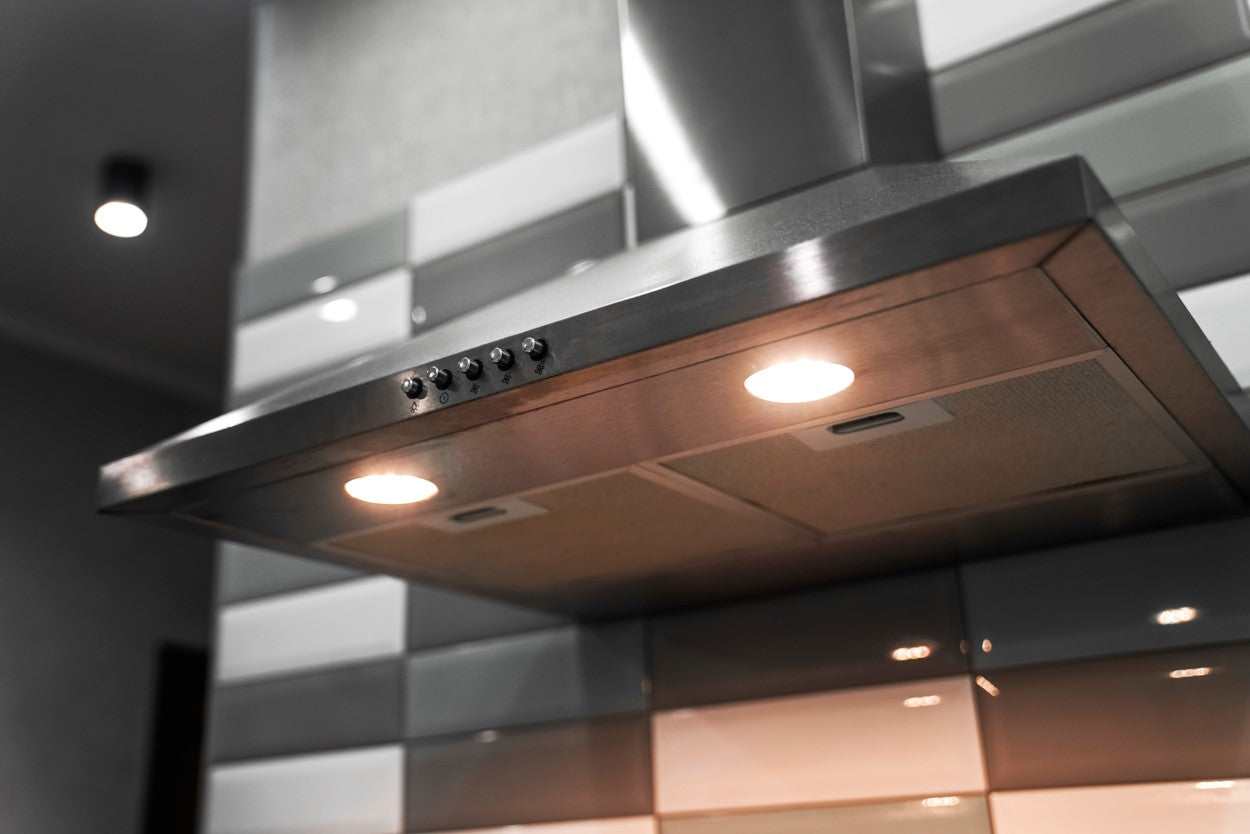As a general rule, you usually don’t want to see your household appliances on the evening news. So, if you live in one of the almost 50 million U.S. homes equipped with a gas stove, you may be feeling a little uneasy these days. The conversation about gas stoves and kitchen air pollution isn’t new, but many people are hearing it for the first time, thanks to recent news coverage.
Let’s take a deeper look at why gas stoves are a trending topic and what scientific research has to say about their effects on your health and indoor air quality.

Why are so many people talking about gas stoves right now?
On January 9, Bloomberg published an article with the headline “US Safety Agency to Consider Ban on Gas Stoves Amid Health Fears.” The piece covered the U.S. Consumer Product Safety Commission’s response to a December 2022 peer-reviewed scientific study that attributed 12.7% of childhood asthma cases to gas stove use. The article sparked a heated conversation, and the Twitter back-and-forth quickly made the news.
CPSC Commissioner Rich Trumka Jr. later clarified his statement, tweeting that the CPSC has no intent of “coming for anyone’s gas stoves.” Right now, the government organization is gathering data as they research how to address the potential hazards of gas stove use. Any new safety standards would affect future gas stove production, not existing gas stoves.
Do gas cooking ranges pollute your kitchen air?
No matter what kind of stove you have, cooking can be a significant source of airborne pollutants, including particulate matter and volatile organic compounds (VOCs). However, cooking with a gas stove produces more air pollution than cooking with an electric stove—it can quickly create hazardous levels of nitrogen dioxide and carbon monoxide that exceed the EPA’s outdoor air quality standards.

From left to right, nitrogen dioxide at -196°C, 0°C, 23°C, 35°C, 50°C
What is nitrogen dioxide, and is it safe to breathe?
Nitrogen dioxide (NO2) is a toxic, corrosive gas that can cause eye, nose, and throat irritation. And, according to the EPA, unvented gas stoves are one of the primary sources of nitrogen dioxide in the home. Long-term NO2 exposure may contribute to the development of acute or chronic bronchitis, worsen asthma symptoms, and increase your risk of respiratory infections.

Should people with gas stoves worry about carbon monoxide?
Homes with gas stoves typically have significantly higher carbon monoxide (CO) levels than those with electric stoves. For reference, the U.S. National Ambient Air Quality Standards for CO in outdoor air are 9 parts per million (ppm) for 8 hours and 35 ppm for 1 hour. In homes with gas stoves, CO levels can range from 5 ppm to 30 ppm or higher.
CO is a toxic gas that’s both odorless and colorless. At low to moderate levels, CO exposure can lead to fatigue, chest pain, impaired vision, and reduced brain function. Higher levels of exposure can cause headaches, dizziness, nausea, flu-like symptoms, and even death.

How can you protect your indoor air quality while cooking with gas?
If you have a gas stove, try these steps to help improve your indoor air quality in the kitchen:
- Do regular maintenance on your gas stove as recommended by the manufacturer to make sure it’s properly adjusted and not leaking;
- Install and use a range hood or exhaust that’s vented to the outdoors when using your stove;
- On good outdoor air quality days, open windows during and after cooking to increase ventilation;
- Install a carbon monoxide detector, and test it regularly;
- Use a portable air purifier to improve your home’s overall air quality. While an air purifier will not remove carbon monoxide or NO2, it can help take care of other particulates and VOCs generated by cooking with a gas stove.
If you’re interested in switching to an electric stove, this calculator from Rewiring America can help you estimate how much you could save (up to $840) through the Inflation Reduction Act (IRA) of 2022.







